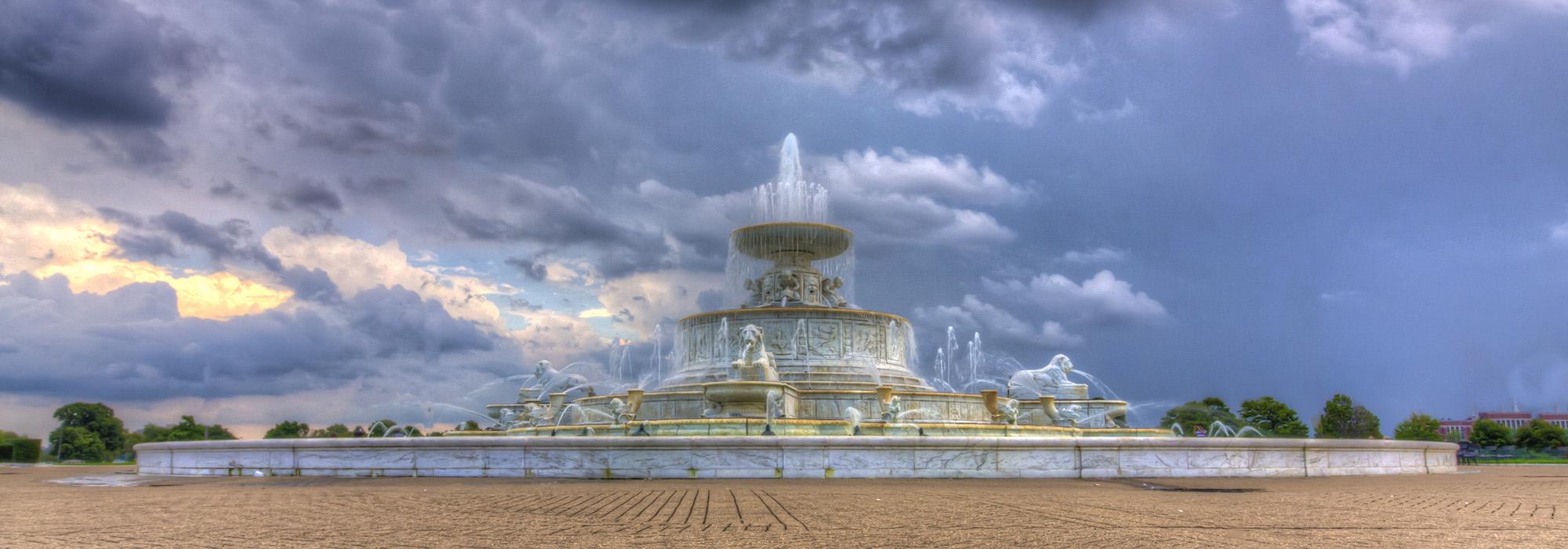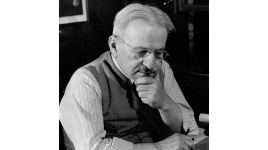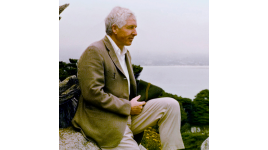Landscape Information
Known as Hog Island and situated in the Detroit River, this 982-acre island was purchased in 1879 by the City of Detroit. In 1883 Frederick Law Olmsted, Sr., laid out a preliminary plan which maintained old forest land and called for a pedestrian-oriented boulevard, sports grounds, a public beach, a canal system, and a pier and gallery facing the city. The turn of the century saw the construction of the current Italianate Detroit Boat Club building, the Field House and its associated 36 acres of athletic fields in 1898, and the Belle Isle Zoo established in 1895. Albert Kahn designed several structures, including the Aquarium and Anna Scripps Whitcomb Conservatory in 1904 and the Livingstone Memorial Lighthouse in 1930. The one-acre conservatory building, modeled after Monticello, is surrounded by twelve acres of formal gardens. Other significant park features include Cass Gilbert and Herbert Adams’ grand Beaux-Arts James Scott Memorial Fountain, the MacArthur Bridge designed in consultation with Olmsted Brothers, a golf course built in 1922 by local golf pro Ernie Way, the Blue Heron Lagoon, the Nancy Brown Carillon, and the Flynn Pavilion, designed by Eliel Saarinen in 1949. Dan Kiley developed a master plan for the park in 1976, with only a few elements realized. Today the park also contains a boreal wetlands forest, a half-mile beach, several lakes, and nature trails, and is encircled by a curvilinear parkway. The park was listed in the National Register of Historic Places in 1974.
















